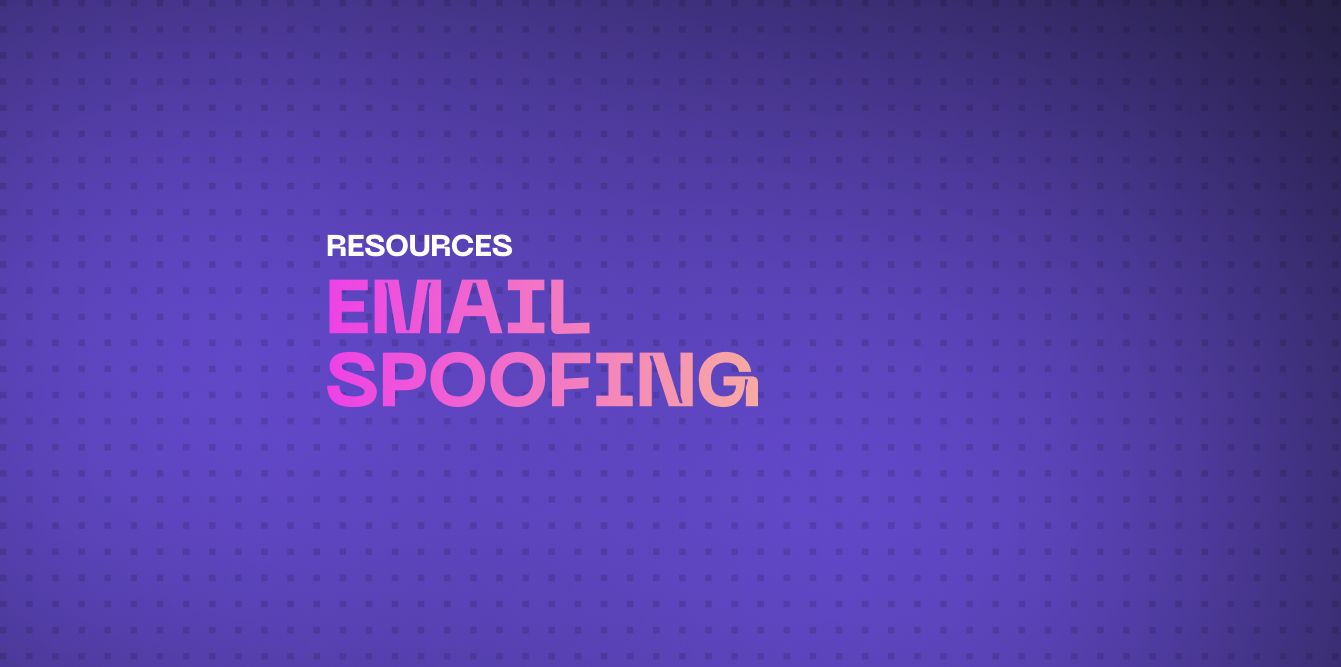What is Email Spoofing?
Email spoofing is a cyberattack where the sender's address in an email is forged to make it appear as if it is coming from a trusted source. The goal of email spoofing is often to trick the recipient into divulging sensitive information, clicking on malicious links, or downloading harmful attachments.
This technique is commonly used in phishing attacks and can be highly effective in deceiving individuals, as the email appears to come from a legitimate, familiar entity such as a bank, a trusted colleague, or even a known company.
How Does Email Spoofing Work?
1. Forging the "From" Address
The most common method of email spoofing involves forging the "From" address in an email's header. The attacker manipulates the email's source code to display a legitimate-looking address. The recipient sees this fake address, making it difficult to discern that the email is actually fraudulent.
2. Exploiting Vulnerable Mail Servers
Some mail servers have misconfigured settings that allow unauthorized users to send emails using any "From" address. Attackers exploit these vulnerabilities to send spoofed emails without being detected.
3. Utilizing Open Relays
Open relays are email servers that allow anyone to send an email through them, even if the email is not from a legitimate source. Attackers take advantage of open relays to send spoofed emails in bulk, making it harder to trace the origin of the attack.
Why is Email Spoofing Dangerous?
Email spoofing poses several risks, including:
- Data Theft: Spoofed emails often contain phishing links designed to steal sensitive information such as login credentials, financial data, or personal identification.
- Malware Distribution: Spoofed emails can carry malicious attachments that, when opened, install malware on the victim's device, leading to data breaches or system damage.
- Financial Loss: Businesses and individuals can suffer significant financial losses from email spoofing scams, especially in cases of Business Email Compromise (BEC) where attackers impersonate company executives to request fraudulent payments.
How to Identify Email Spoofing
Recognizing email spoofing is crucial to prevent falling victim to these attacks. Here are some red flags:
- Suspicious Sender Address: The "From" address may look legitimate at first glance, but subtle changes in the domain name (e.g.,
@bankofameric.cominstead of@bankofamerica.com) can indicate spoofing. - Unexpected Urgency: Spoofed emails often create a sense of urgency, pressuring the recipient to act quickly, such as "Your account will be closed if you don't respond immediately."
- Poor Grammar and Spelling: Many spoofed emails contain grammatical errors and awkward phrasing, which can be a sign of a fraudulent message.
- Unusual Requests: If the email requests sensitive information or actions that seem out of the ordinary, it's likely a spoofed email.
How to Protect Against Email Spoofing
1. Implement Email Authentication Protocols
Adopting email authentication protocols can help verify the legitimacy of emails. The three main protocols are:
- SPF (Sender Policy Framework): Specifies which IP addresses are allowed to send emails on behalf of your domain.
- DKIM (DomainKeys Identified Mail): Adds a digital signature to your emails, ensuring the content remains unchanged in transit.
- DMARC (Domain-based Message Authentication, Reporting & Conformance): Builds on SPF and DKIM to provide instructions on how to handle emails that fail authentication checks.
2. Educate Users
Train your employees and users to recognize the signs of email spoofing. Regular phishing simulations and cybersecurity training can help build awareness and reduce the likelihood of falling for spoofed emails.
3. Use Anti-Phishing Tools
Deploy anti-phishing tools and email filters that detect and block spoofed emails before they reach your inbox. These tools can analyze email headers, content, and attachments to identify potential threats.
4. Monitor Email Traffic
Regularly monitor your email traffic for signs of suspicious activity. Unusual spikes in outbound emails or receiving an abnormal volume of email bounces may indicate a spoofing attack in progress.
Conclusion
Email spoofing is a pervasive threat in today's digital world, but understanding how it works and taking proactive steps can significantly reduce the risk of falling victim to these attacks. Implementing robust email security measures, educating users, and staying vigilant can help protect your organization and personal data from email spoofing.
Stay informed, stay secure, and always verify before you trust an email.
